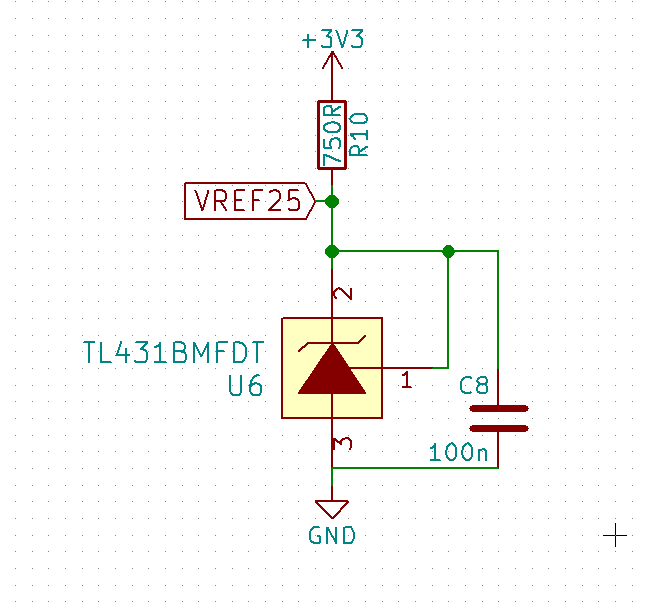How to design a battery management system (BMS)?
Developing a battery management system (BMS) is crucial for ensuring the proper functioning and longevity of batteries in various devices, from smartphones to electric vehicles. A well-designed BMS helps monitor and control the battery’s performance, ensuring optimal charging and discharging while protecting the battery from damage due to overcharging or over-discharging. Here are some key considerations and steps to design an efficient BMS:
1. Define the System Requirements
Before starting the design process, it’s essential to clearly define the specific requirements of the battery management system. This includes determining the type and capacity of the battery, the desired charging and discharging rates, voltage and current limits, communication protocols, and safety features.
2. Choose the Right Components
Once the requirements are established, selecting the appropriate components is crucial for a successful BMS design. This includes choosing the right microcontroller, sensors, switches, and communication modules that meet the system specifications and performance criteria.
3. Develop the Control Algorithm
The control algorithm is the brain of the BMS, responsible for monitoring the battery’s parameters, regulating the charging and discharging processes, and implementing safety measures. Developing a robust control algorithm requires a deep understanding of battery chemistry, electrical engineering principles, and control theory.
4. Implement Safety Mechanisms
Safety is paramount in battery management systems, especially when dealing with high-energy lithium-ion batteries. Implementing safety mechanisms such as overvoltage protection, undervoltage protection, overcurrent protection, and temperature monitoring is essential to prevent catastrophic failures and ensure user safety.
5. Test and Validate the BMS
Once the BMS hardware and software are developed, rigorous testing and validation are necessary to ensure that the system meets the specified requirements and functions correctly under various operating conditions. This includes testing for efficiency, reliability, accuracy, and safety performance.
6. Continuously Monitor and Improve
Battery technology is constantly evolving, and continuous monitoring and improvement of the BMS are essential to keep pace with the latest advancements and ensure optimal battery performance. Regular software updates, firmware upgrades, and system optimizations can enhance the efficiency and longevity of the battery system.
Conclusion
Designing a battery management system requires a combination of technical expertise, system integration skills, and a deep understanding of battery technology. By following the steps outlined above and staying updated on the latest industry trends, engineers can develop robust and efficient BMS solutions that meet the diverse needs of modern battery-powered devices.
How to design a battery management system (BMS)?
Developing a battery management system (BMS) is crucial for ensuring the proper functioning and longevity of batteries in various devices, from smartphones to electric vehicles. A well-designed BMS helps monitor and control the battery’s performance, ensuring optimal charging and discharging while protecting the battery from damage due to overcharging or over-discharging. Here are some key considerations and steps to design an efficient BMS:
1. Define the System Requirements
Before starting the design process, it’s essential to clearly define the specific requirements of the battery management system. This includes determining the type and capacity of the battery, the desired charging and discharging rates, voltage and current limits, communication protocols, and safety features.
2. Choose the Right Components
Once the requirements are established, selecting the appropriate components is crucial for a successful BMS design. This includes choosing the right microcontroller, sensors, switches, and communication modules that meet the system specifications and performance criteria.
3. Develop the Control Algorithm
The control algorithm is the brain of the BMS, responsible for monitoring the battery’s parameters, regulating the charging and discharging processes, and implementing safety measures. Developing a robust control algorithm requires a deep understanding of battery chemistry, electrical engineering principles, and control theory.
4. Implement Safety Mechanisms
Safety is paramount in battery management systems, especially when dealing with high-energy lithium-ion batteries. Implementing safety mechanisms such as overvoltage protection, undervoltage protection, overcurrent protection, and temperature monitoring is essential to prevent catastrophic failures and ensure user safety.
5. Test and Validate the BMS
Once the BMS hardware and software are developed, rigorous testing and validation are necessary to ensure that the system meets the specified requirements and functions correctly under various operating conditions. This includes testing for efficiency, reliability, accuracy, and safety performance.
6. Continuously Monitor and Improve
Battery technology is constantly evolving, and continuous monitoring and improvement of the BMS are essential to keep pace with the latest advancements and ensure optimal battery performance. Regular software updates, firmware upgrades, and system optimizations can enhance the efficiency and longevity of the battery system.
Conclusion
Designing a battery management system requires a combination of technical expertise, system integration skills, and a deep understanding of battery technology. By following the steps outlined above and staying updated on the latest industry trends, engineers can develop robust and efficient BMS solutions that meet the diverse needs of modern battery-powered devices.



